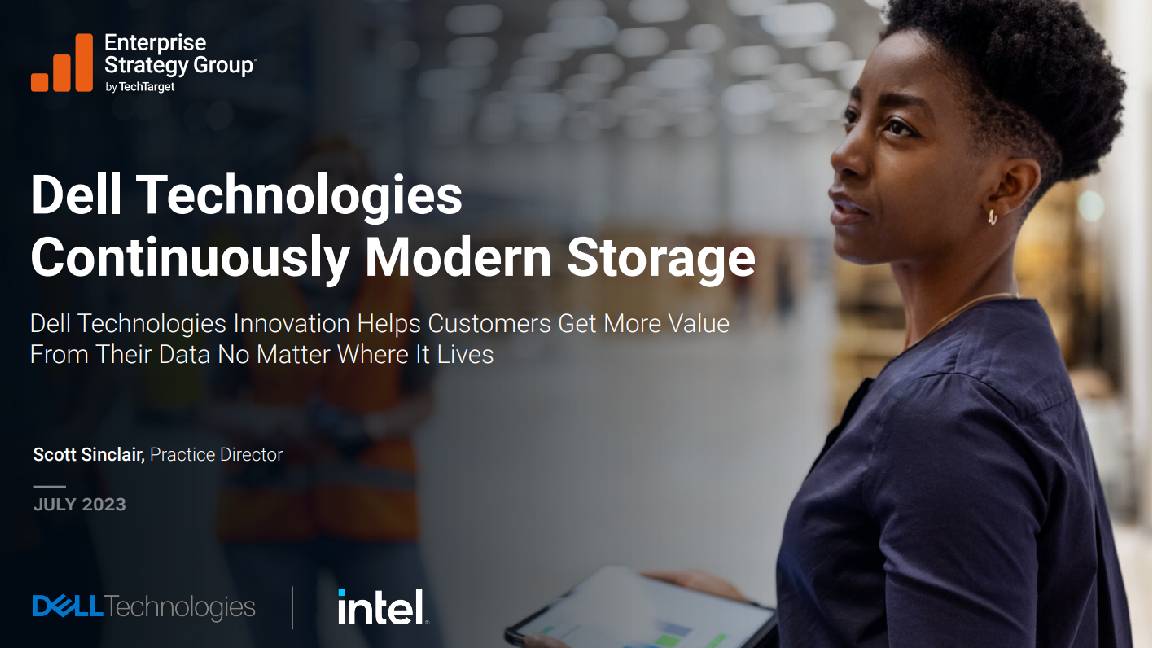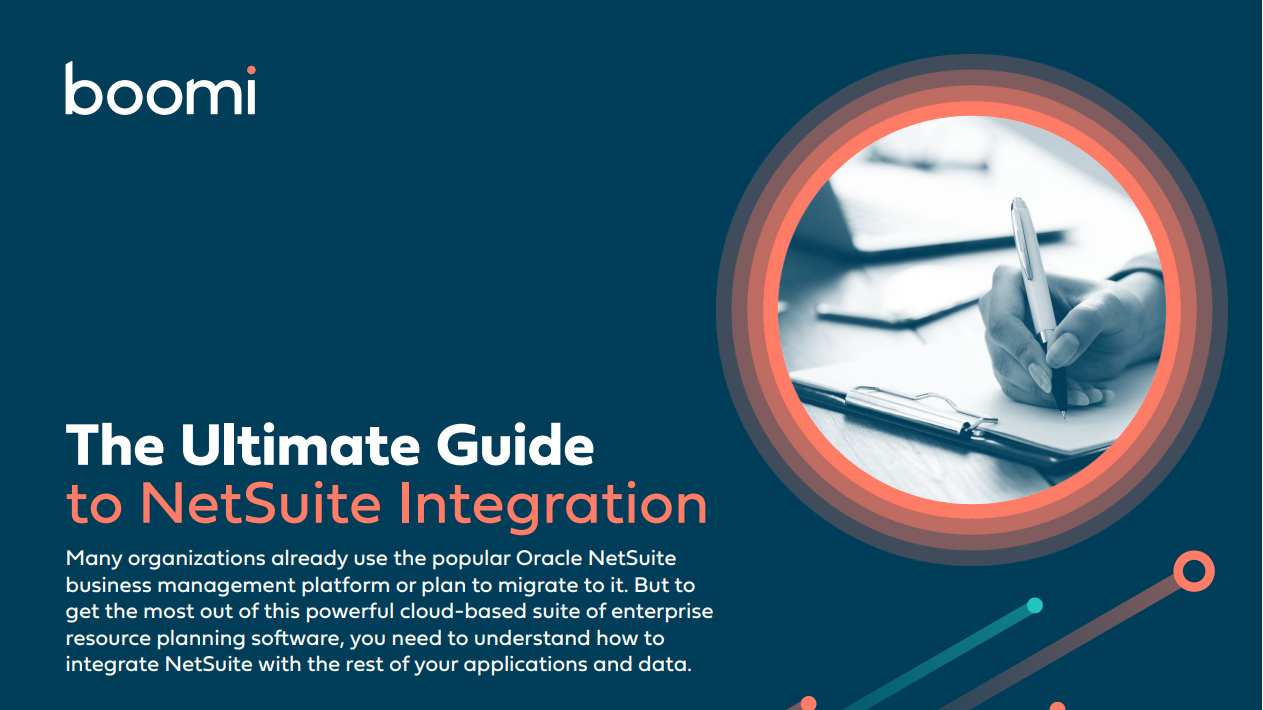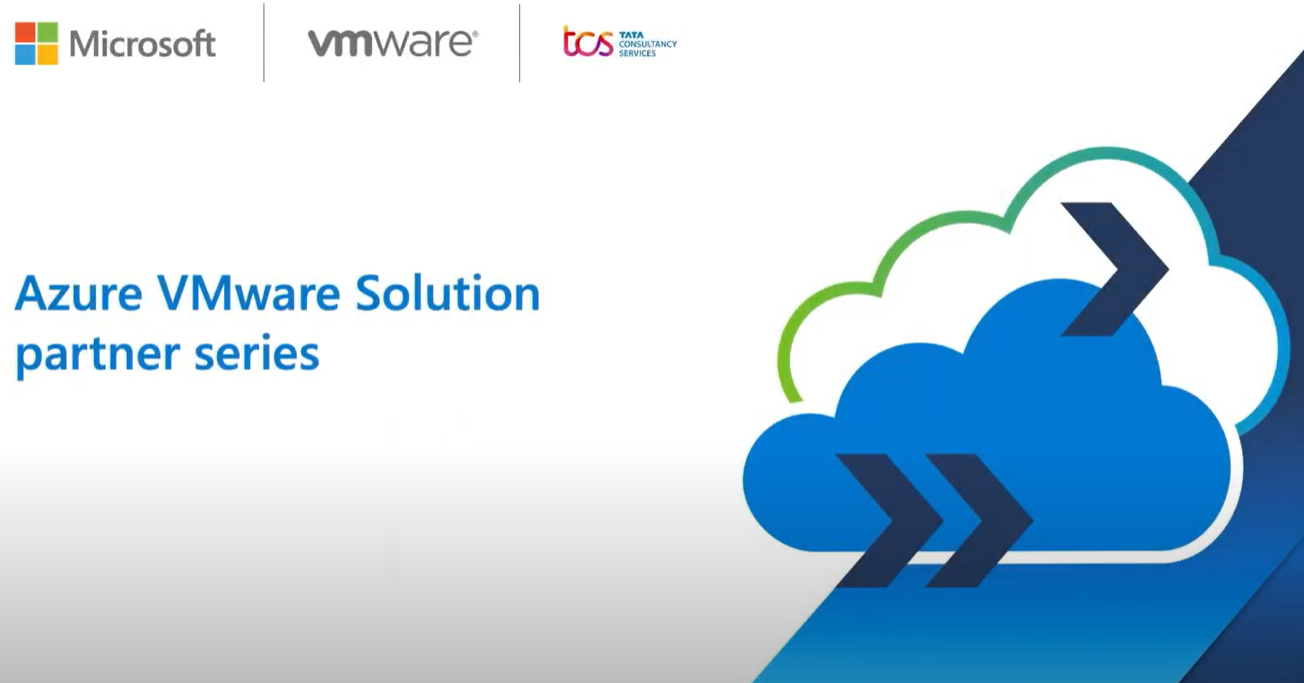Platform-based banking is revolutionising finance
Traditional banks are waking up to the value of platform banking, allowing them to offer services to other firms as well as new apps to their own customers


Legacy banking institutions continue to face stiff competition from the agile fintech companies that have been rising to challenge them in recent years. As such, these institutions have come to realise they must digitally transform to stay competitive.
COVID-19 has, unsurprisingly, expedited this process, with the demand for digital banking solutions surging during the pandemic. During this period, the European Banking Authority (EBA) identified a sharp acceleration in the digitisation of both front-end systems and back-office processes as organisations fast-tracked development. Its report on the use of digital platforms noted financial institutions were increasingly reliant on digital platforms to market their services, as well as close customer contracts for products and services.
Customer preferences are evolving, too, and young people, in particular, prefer easier access to digital services and a wider range of financial services. A YouGov poll published in July, commissioned by IBM, reported that 61% of 18 to 24-year-olds wanted their bank to offer tailored support, while 54% approved of banks using artificial intelligence (AI) to provide this. The growth of digital platforms looks set to continue, in response to this demand, with legacy banks increasingly developing, or engaging with, third-party technologies to respond to customers’ desire for convenience.
Banking at your service
The first manifestation of the digital banking revolution is banking as a service (Baas), which lets a bank offer some, or all, of its capabilities to developers to iterate upon or integrate with other systems through application programming interfaces (APIs). It allows banks to back products and services designed and built by third parties, expanding their opportunity to acquire customers or engage with their own customers in new ways.
A bank can also use a platform model – such as a marketplace – for other firms to offer their products and services through them, giving external businesses the opportunity to sell directly to the bank’s customers. “Banks, for example, may not only want to provide loans, but also become matchmakers in helping customers buy homeowner insurance, house maintenance services or even furniture on the bank’s platform,” explains Gartner’s senior director analyst, research engagement services, Ali Merji.
“It’s where third-party developers can build products and services for bank customers,” adds Nick Maynard, lead analyst at Juniper Research. “Essentially the user’s bank account is leveraged as a platform to offer a multitude of services to them. It’s piqued interest for a number of reasons – bank accounts are very common, meaning there’s a large addressable market. For banks, it means they can broaden the offering to their users, without having to develop their own addition products.”
The good, bad and ugly of platform banking
There are several benefits to both using BaaS and platform models, with 83% of respondents to the EBA’s report noting it can support business growth and market diversification, for example. There’s also the ability to save development time and costs, as Forrester’s principal analyst, digital business strategy, Jacob Morgan, points out. “Instead of having to build everything yourself, you can pick the services you’d like from the ecosystem of providers and weave them into a constellation of value for your customers,” he says.
Get the ITPro daily newsletter
Sign up today and you will receive a free copy of our Future Focus 2025 report - the leading guidance on AI, cybersecurity and other IT challenges as per 700+ senior executives
According to Capgemini’s World Retail Banking Report 2020, meanwhile, platform-based firms can achieve up to double the operating profits, higher market values and steady growth. Platform-based banks can also take advantage of a two-sided network effect, whereby incremental customer growth will attract more suppliers – and vice versa.
“Platform-based banks, as a result, can achieve close to an average 1.7x increase in ease of achieving viral strategic priorities such as upgrading customer journeys, offering personalised products, enhancing operational efficiencies and managing compliance,” notes Sankar Krishnan, executive vice president at Capgemini for banking and capital markets.
While these benefits make the move appealing, transforming into a platform-based bank does bring challenges. The EBA cites new forms of risk and regulatory and supervisory challenges as key issues from a market perspective, while Capgemini’s report notes that close to an average of 70% of banking executives highlight that budget constraints, lack of strategic roadmap and outdated systems all hinder the path towards “platformification”.
And for those who move into the area, what happens if a partner pulls a service or application? “That’s quite interesting,” says Morgan, “because like any ecosystem this is essentially a connected network. So, what happens when one of the players fails, is acquired by a rival or turns off a platform? As you start to see more and more capabilities interwoven then you start to get more points of failure.”
Light at the end of the tunnel
Although this is very much a nascent market currently, traditional banks are waking up to the platform-based approach. “Top banks such as US-based Goldman Sachs (Marcus), UK-based Standard Chartered (Mox) and Israel-based Bank Leumi (Pepper) are spinning off digital-only arms that use data and expertise from the parent bank while integrating the latest technologies and ecosystem players to drive platformification,” says Krishnan. “We could see more banks joining the bandwagon in the short term, as seen in the recent announcement of JP Morgan launching Chase in the UK.”
Forrester’s Morgan expects a far more aggressive march of banks into this area over the next five years. Merji, meanwhile, predicts that, over that same period of time, banks adopting platform business models will see up to 20% of their transaction flow initiated from outside their own channels.
Looking at the longer-term horizon of three to five years, Krishnan believes banks will move out into other business lines including treasury, trade finance, payments and lending. The experts, however, all agree on one thing – we’re going to see the sector get progressively larger in the next five years.
Keri Allan is a freelancer with 20 years of experience writing about technology and has written for publications including the Guardian, the Sunday Times, CIO, E&T and Arabian Computer News. She specialises in areas including the cloud, IoT, AI, machine learning and digital transformation.
-
 Third time lucky? Microsoft finally begins roll-out of controversial Recall feature
Third time lucky? Microsoft finally begins roll-out of controversial Recall featureNews The Windows Recall feature has been plagued by setbacks and backlash from security professionals
By Emma Woollacott Published
-
 The UK government wants quantum technology out of the lab and in the hands of enterprises
The UK government wants quantum technology out of the lab and in the hands of enterprisesNews The UK government has unveiled plans to invest £121 million in quantum computing projects in an effort to drive real-world applications and adoption rates.
By Emma Woollacott Published
-
 The business value of Dell PowerFlex
The business value of Dell PowerFlexWhitepaper Minimize downtime and boost the productivity of IT staff with software-defined infrastructure
By ITPro Published
-
 Dell Technologies continuously modern storage
Dell Technologies continuously modern storageWhitepaper Maximize the value of your data
By ITPro Published
-
 Bring your storage from ground to cloud
Bring your storage from ground to cloudWhitepaper Dell APEX Storage for public cloud
By ITPro Published
-
 Three innovative technologies to address UPS challenges at the edge
Three innovative technologies to address UPS challenges at the edgeWhitepaper With increasing focus on edge computing comes added pressure for better uninterruptible power supply (UPS)
By ITPro Last updated
-
 Mapping the digital attack surface
Mapping the digital attack surfaceWhitepaper Why global organizations are struggling to manage cyber risk
By ITPro Published
-
 The ultimate guide to Netsuite integration
The ultimate guide to Netsuite integrationwhitepaper Download this eBook and get the most out of this powerful cloud-based suite of ERP software
By ITPro Published
-
 The ultimate guide to Salesforce integration
The ultimate guide to Salesforce integrationwhitepaper Quickly connect Salesforce to drive efficiencies and insights
By ITPro Published
-
 Azure VMWare Solution partner series
Azure VMWare Solution partner seriesWebinar How to unlock the value of Azure VMWare Solution for your organization
By ITPro Published